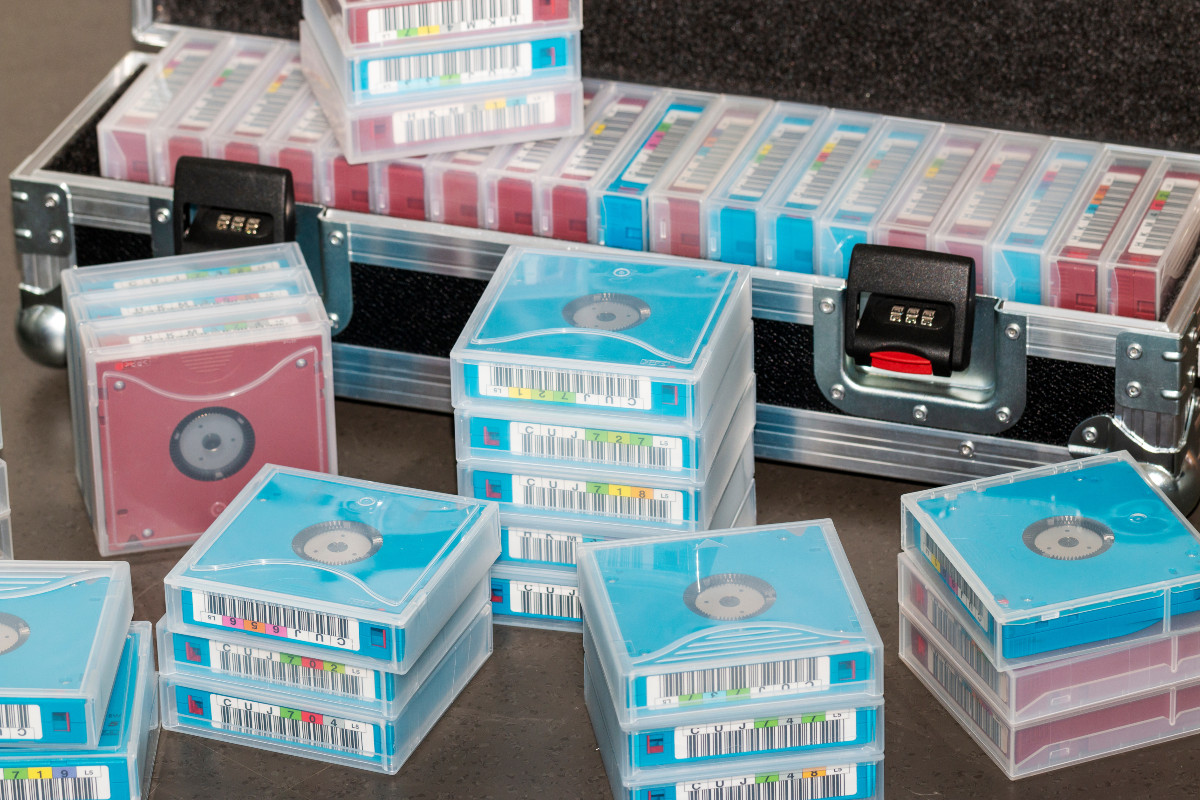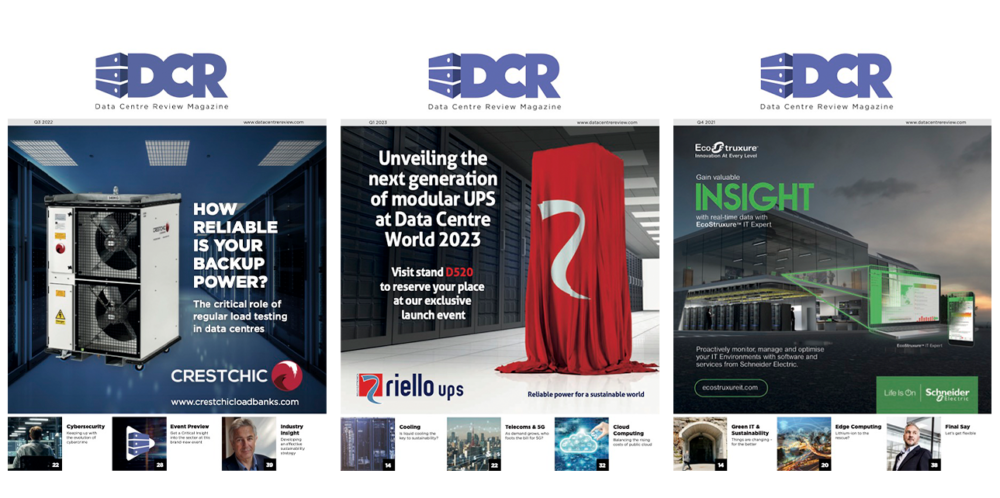Modern tape technology could be the secure, sustainable backbone that tomorrow’s data-hungry analytics and AI models demand, says Carlos Sandoval Castro, IBM Worldwide Tape Offering Manager, the LTO Program.
The amount of data being created, captured, copied, and consumed around the world is growing at an exponential rate, and it’s showing little sign of slowing down. While much of this data is only required for a short period of time, the vast majority of it will never be deleted after it has been used.
Despite accumulating huge stockpiles of data at an increasingly rapid rate, many businesses are choosing to continue expanding their data storage capacities instead of trying to reduce the amount of data being retained. Most are doing so for two reasons. Firstly, in anticipation of releasing as-yet untapped value from it in the future, and secondly, in preparation for training powerful new AI tools and algorithms to perform effectively.
The challenge of AI model training
AI technology is still relatively new, but there’s already strong evidence linking the success of AI models to the quality of data used to train them. Underestimating the importance of this can quickly lead to poor results. In the last two years alone, there’ve been numerous high-profile examples of major global brands falling foul of this principle, and there will undoubtedly be many more in the future.
However, when trained correctly, the benefits AI models now offer when it comes to performing tasks and spotting data trends are unprecedented. For example, the BBC recently reported that AI had taken just 48 hours to crack a complex problem proving why some superbugs are immune to antibiotics in just two days. It had taken a team of scientists over a decade to reach the same conclusion.
Data storage capacity is being stretched to the limit
As more businesses look to capitalise on the benefits of AI, the data storage capacity needed to train and operate these AI models is putting an increasing strain on existing storage infrastructure, as well as the budgets of those requiring it.
The relentless demand for storage capacity is causing more and more organisations to seek out alternative solutions, and a growing number are turning back to LTO (Linear Tape Open) tape technology as a reliable, secure, and durable storage strategy. In fact, this technology is currently experiencing increased adoption rates. According to IDC’s Magnetic Tape Market Results and Outlook, deployment of LTO tape technologies is growing rapidly in the storage market. Today’s modern LTO tape technology use cases cover a wide range of applications, from cybersecurity and disaster recovery to storage and archiving.
Intelligent data archiving
For many organisations, tape provides a flexible and highly scalable solution for storing large volumes of critical archival data. When integrated with modern active archiving software in a tiered storage system, the technology enables intelligent, automated data management, which determines where and when to move data for optimal storage.
This strategic approach maximises cost efficiency by distributing data across various storage options based on access frequency, sensitivity, and other key factors. Within an active archive, data is dynamically organised across a high-performance, optimised storage ecosystem that includes high-end flash, intermediate flash, cloud, disk, and tape. This ensures that primary storage remains available while keeping costs in check, all without compromising archive performance.
Long-term, secure data storage
Renowned for its high capacity, durability, and affordability, LTO tape technology can safely preserve data for up to 30 years. This makes it a trusted and cost-effective solution for storing large volumes of data – especially for AI model training that spans decades.
Modern LTO tape technology boasts advanced error correction, ensuring continuous, reliable writing with an extremely low risk of data loss over time. In fact, the real threats to data come from cyberattacks, ransomware, or natural disasters like floods, fires, and earthquakes. In such events, the most critical asset is having quick access to secure, tamperproof, and encrypted backups – areas where LTO tape technology truly excels.
Additionally, its portability allows for easy and secure transportation between storage locations or data centres. Unlike HDDs, which are not designed for removal and transport, or SSDs, which can be costly, LTO tape technology provides a more practical alternative. Cloud-based downloads can also be slow, bandwidth-intensive, and vulnerable to security risks. With LTO tape technology, however, migrating an entire data centre could be as simple as packing up a box of LTO cartridges.
A sustainable alternative to power-hungry data centres
As demand for data centres grows, there’s also increasing public concern about the impact they are having on both the environment and communities around them. According to a recent US survey, 93% of Americans acknowledge the importance of AI data centres, but only 35% would support their construction in their own communities. One of the main reasons for this is the massive quantities of electricity and water such facilities used on a daily basis.
While data centres are now a fundamental component of the modern technology stack, many of the functions they serve can be just as easily achieved using tape-based solutions, at a considerably lower energy cost. Not only do LTO tape drives use minimal power when not reading or writing LTO tape cartridges, but when part of an automated library, their power usage drops to zero. Furthermore, when considering the impact of HDD resident data being transferred to tape on worldwide CO2e emissions, estimates suggest migrating 60% of the HDD to tape would reduce CO2e emissions by 79 million tons over 10 years, a 58% saving.
Using LTO tape technology to balance storage needs
As adoption of powerful technology solutions such as AI continues to rise at meteoric pace, the stress it’s putting on existing storage infrastructure is growing too, forcing many organisations to reassess their data retention strategies. In doing so, many are realising the balance that LTO tape technology offers between accessibility, security, sustainability and durability makes it ideally suited to a wide range of their storage needs. So, if it isn’t already a part of your storage strategy, it’s time to take another look at this proven storage technology.


